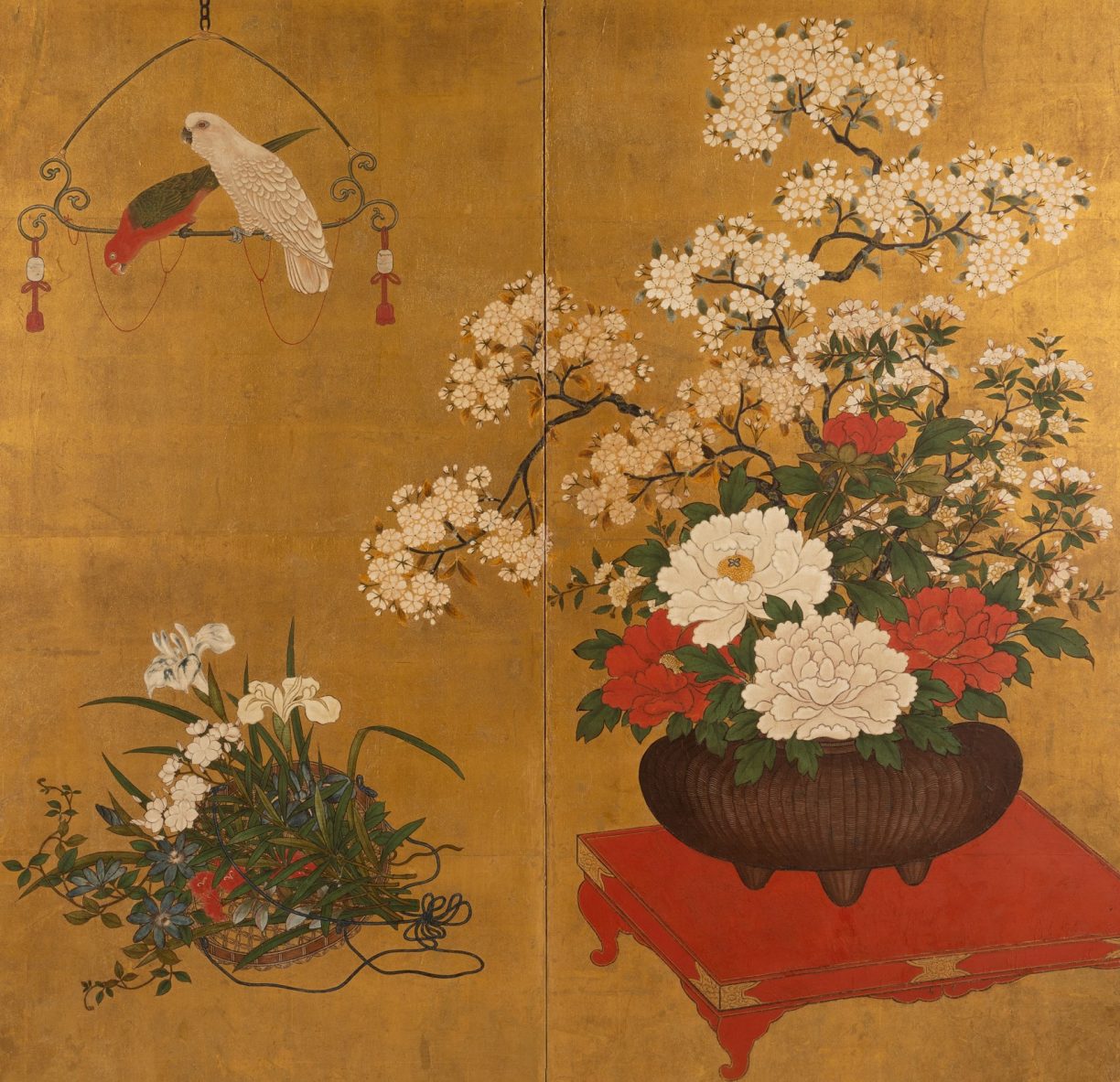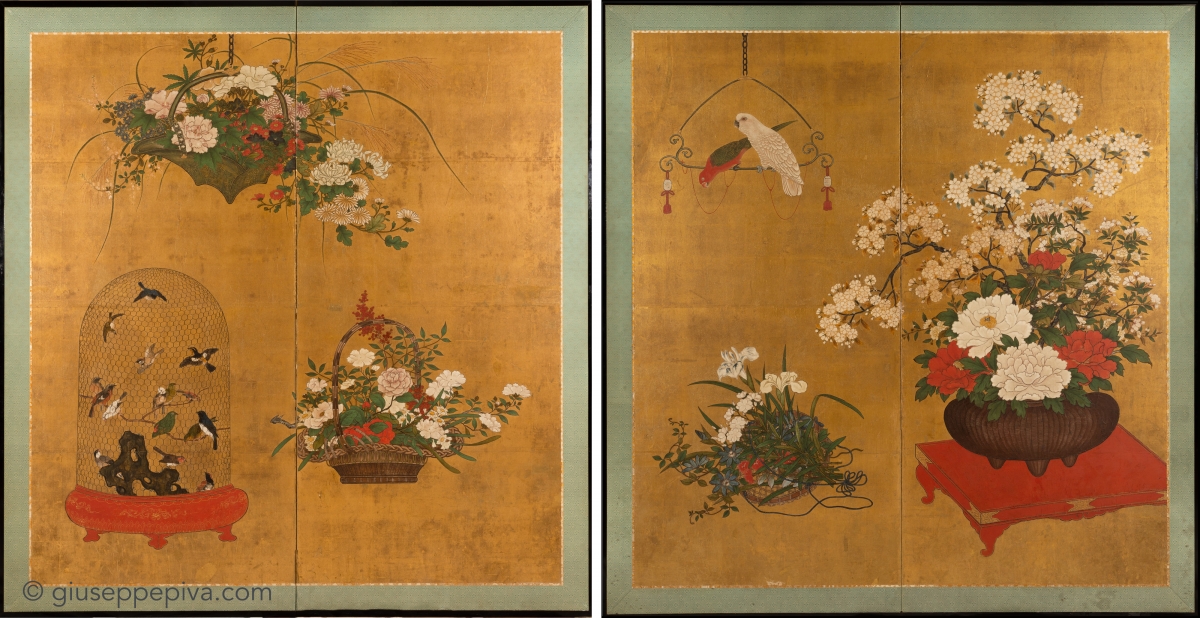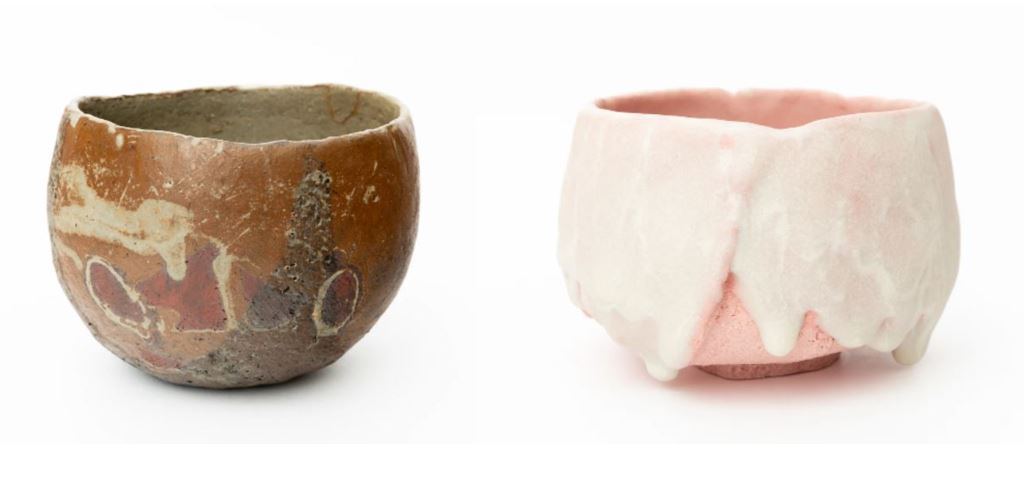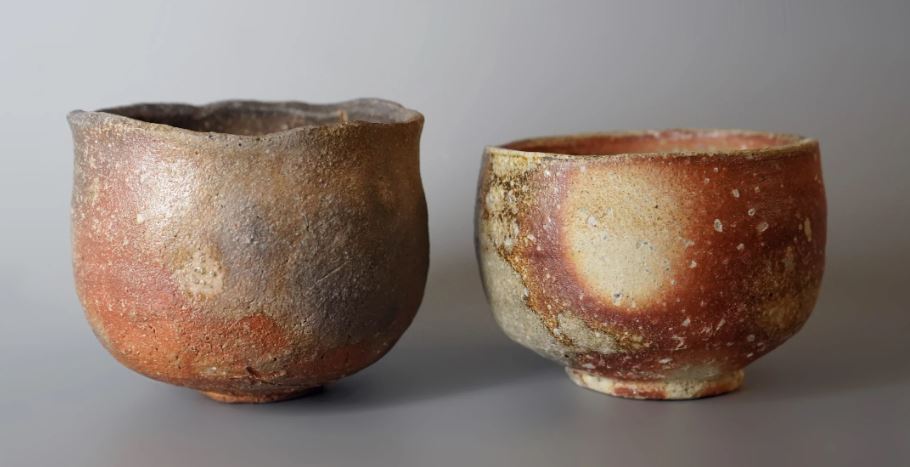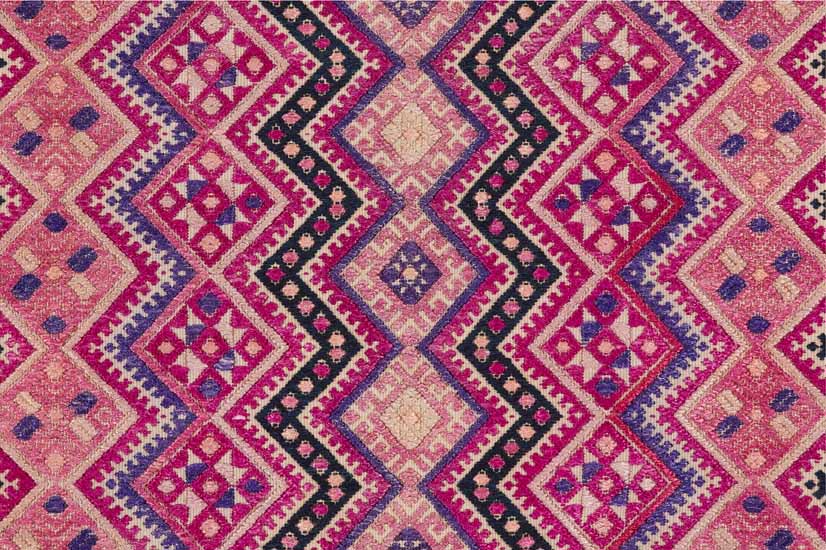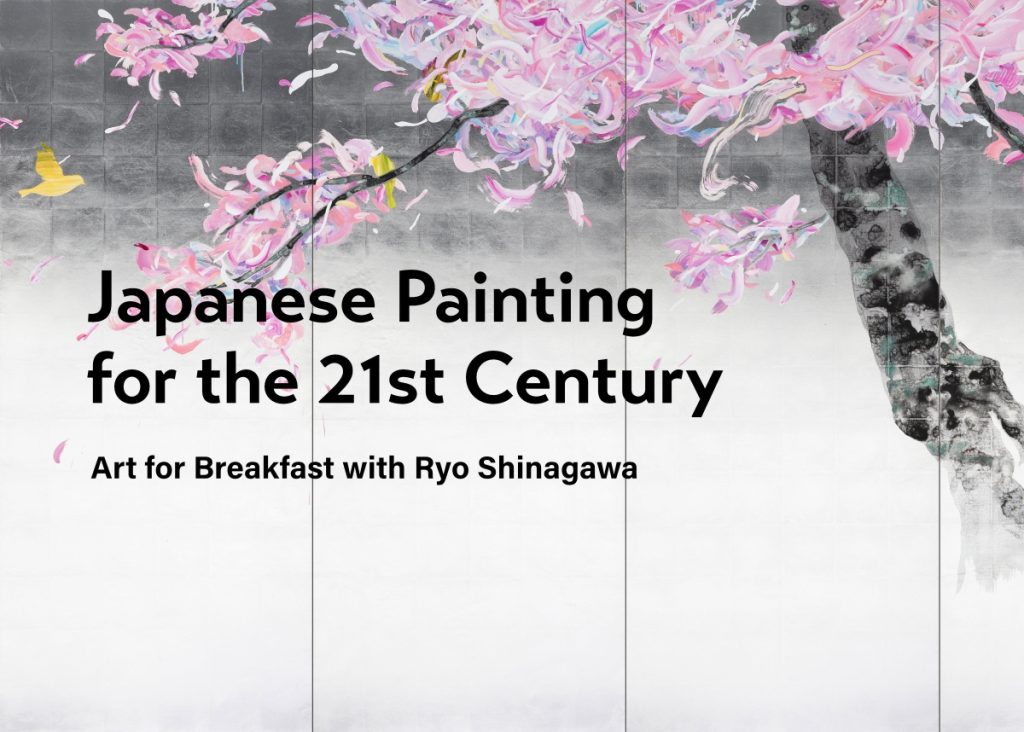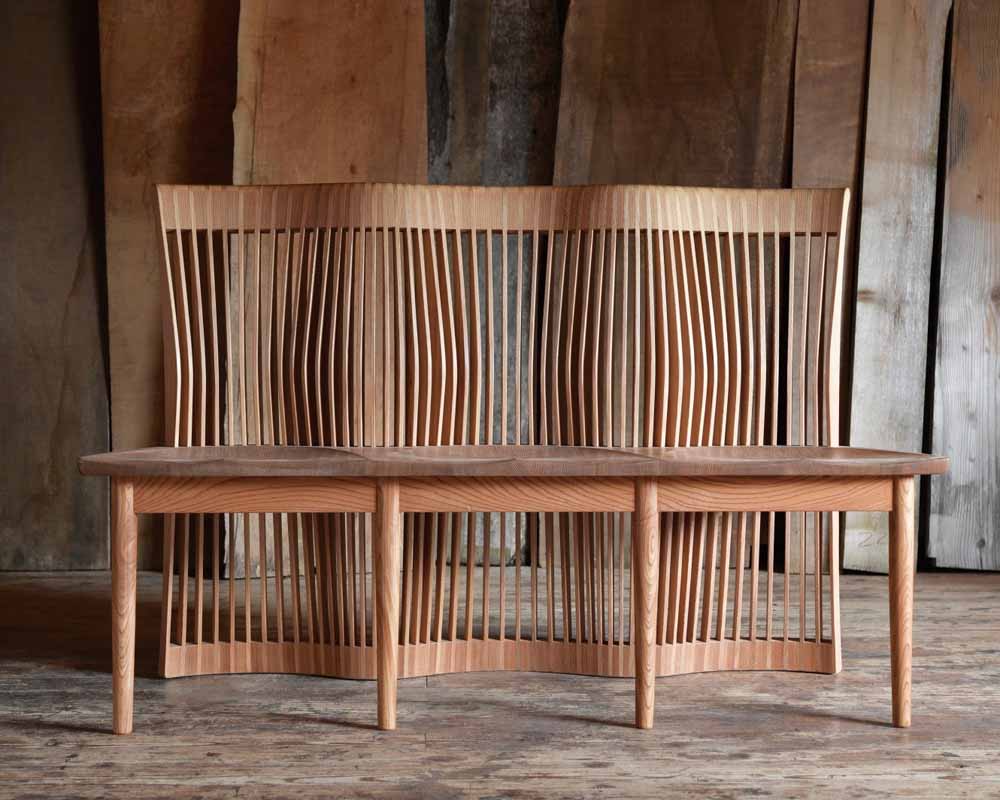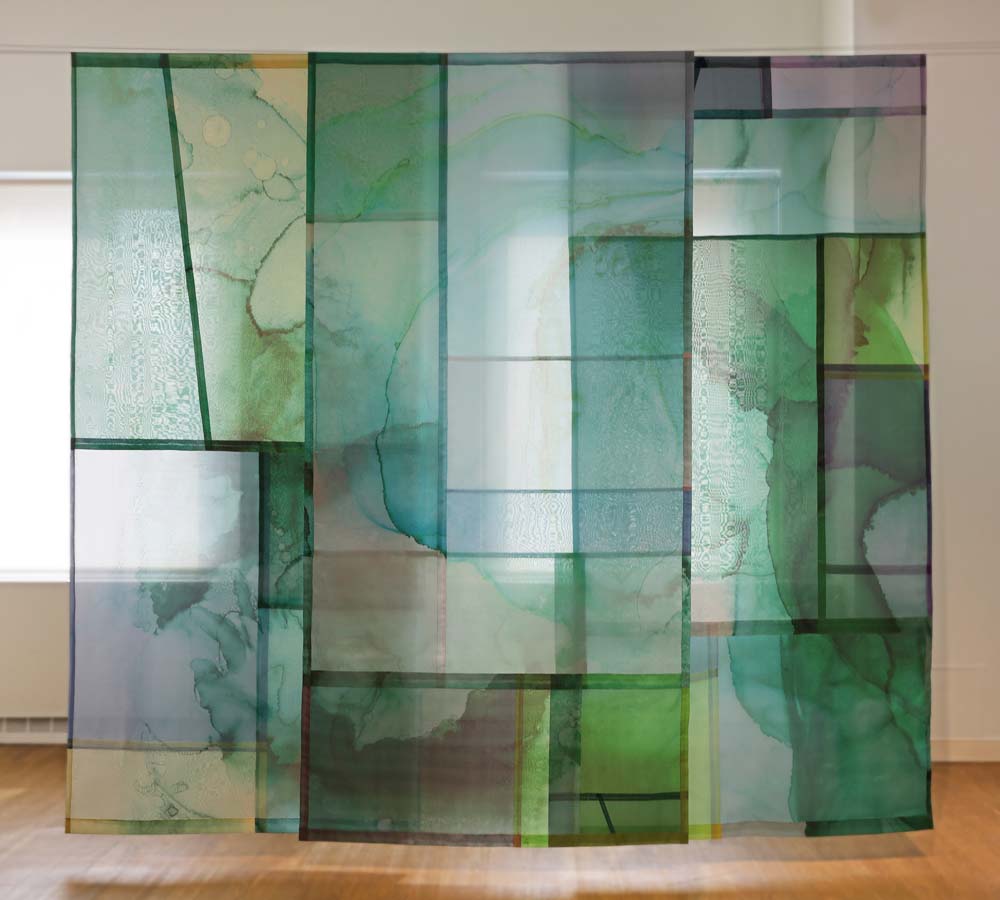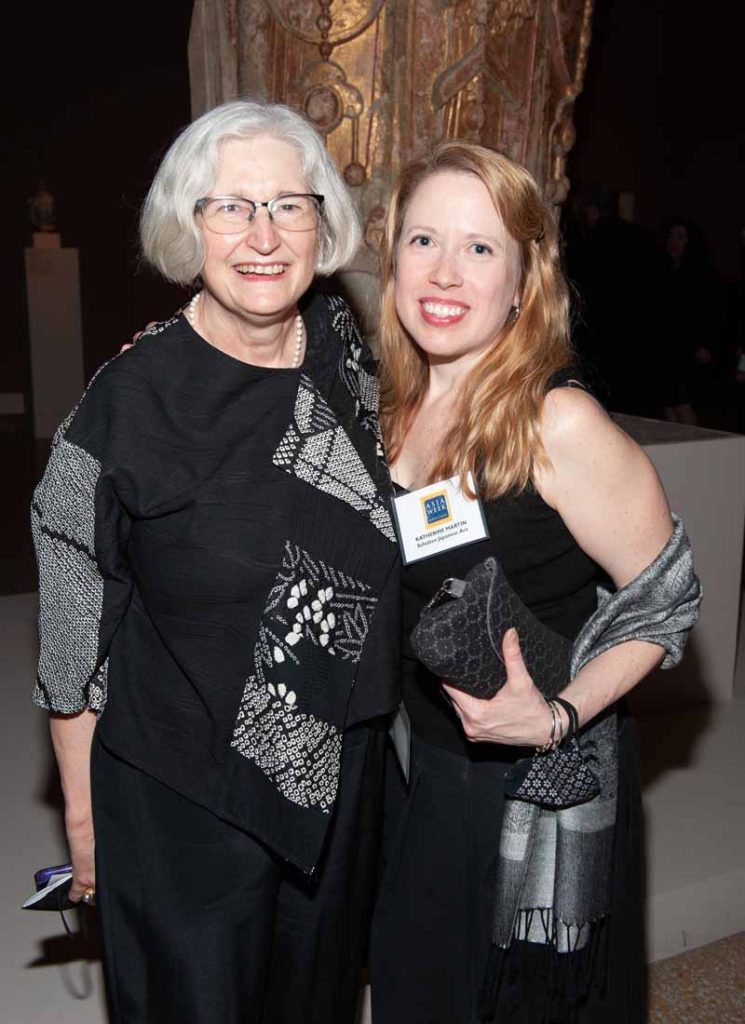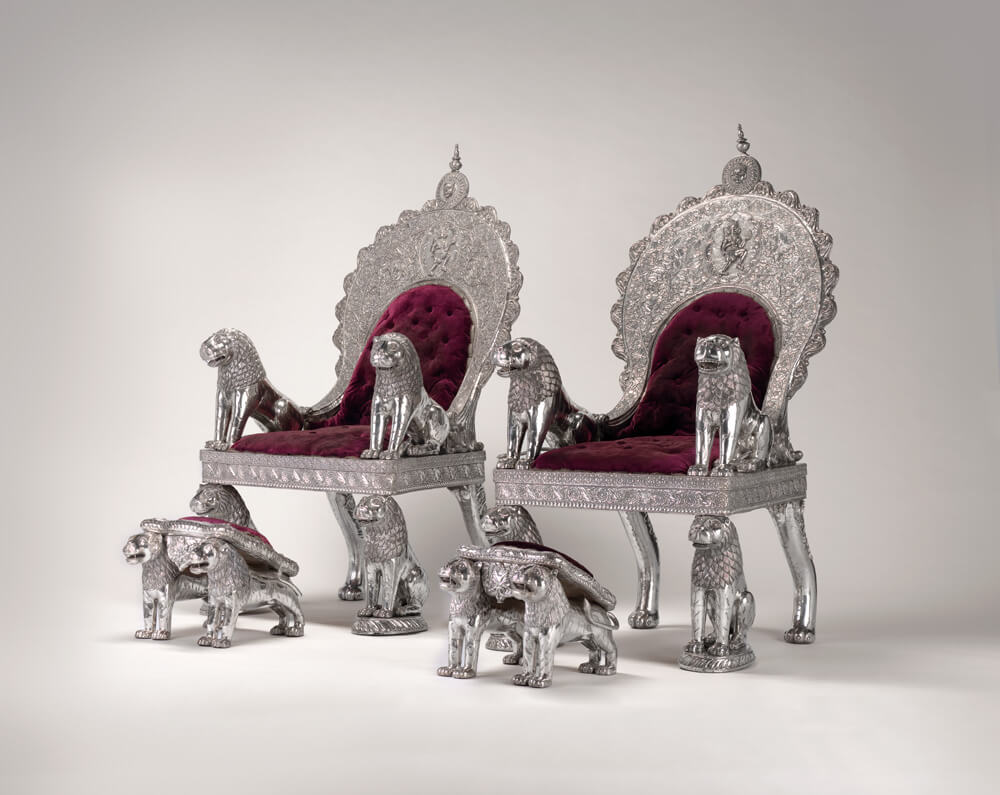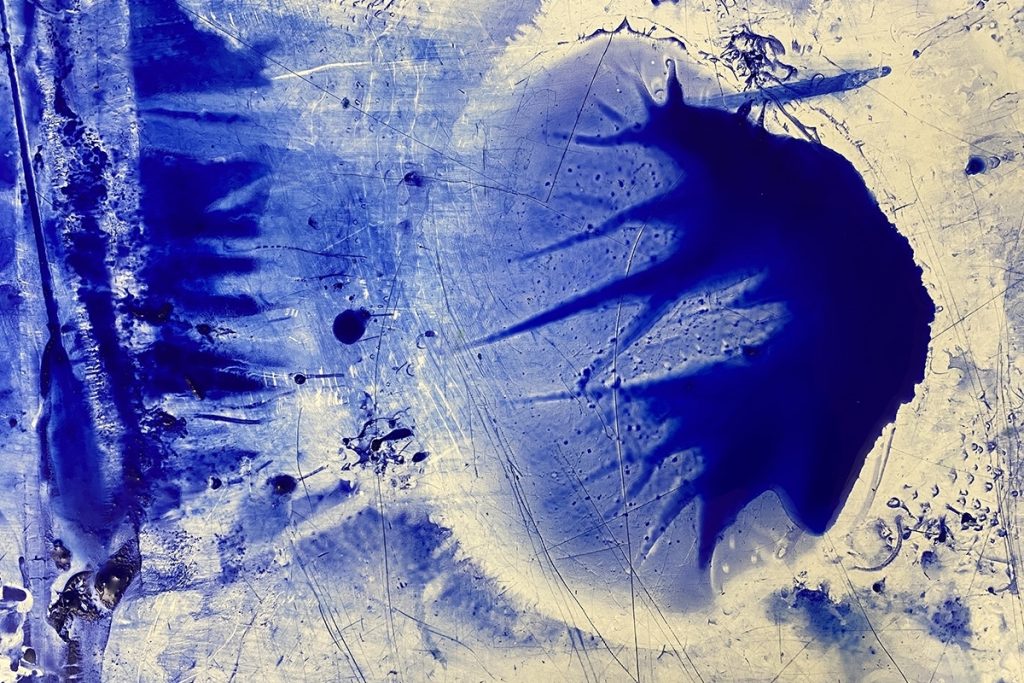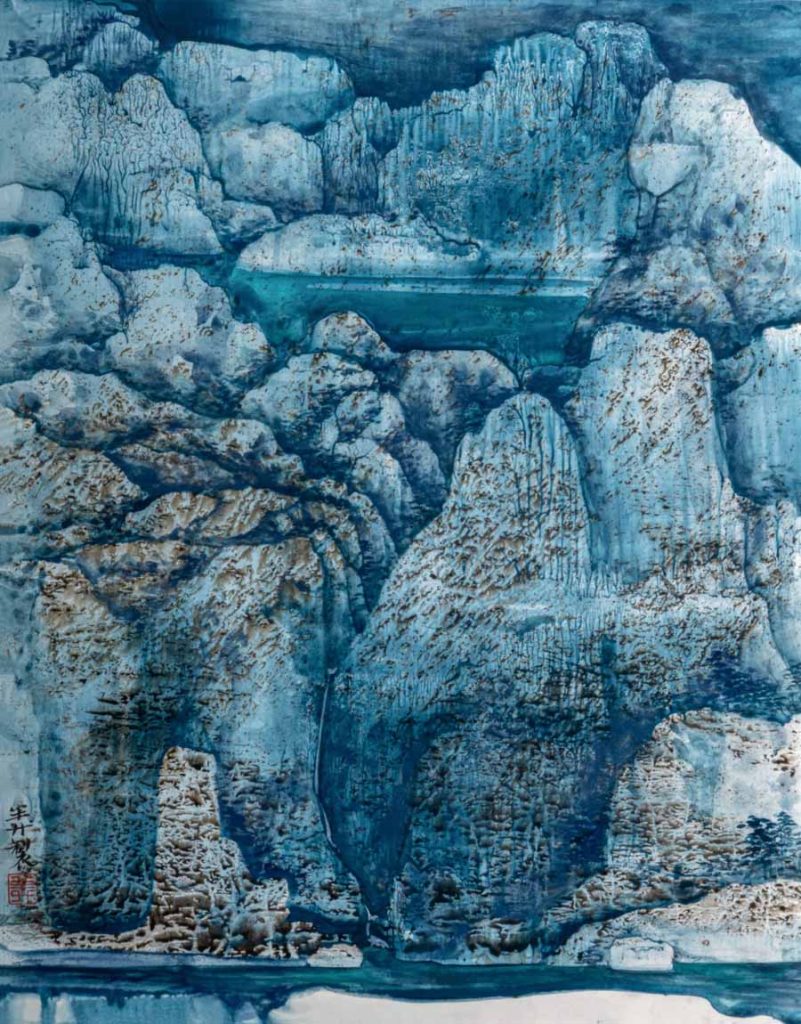AWNY Executive Director Margaret Tao (left) with Katherine Martin, former Chairman of the AWNY Planning Committee, AWNY Treasurer, and Director at Scholten Japanese Art during Asia Week March 2022. Courtesy Annie Watt Agency
A veteran of the Asian Art world and lifelong New Yorker, it is not an understatement to say that Asia Week New York runs so well in large measure as a result of the leadership and sheer hard work of Executive Director Margaret Tao. While most AWNY participants know Margaret professionally and socially, few likely realize how diverse and crucial her responsibilities are.
Margaret started working at AWNY in 2011, just a couple of years after the organization was started, as Administrative Coordinator. In 2015, Margaret succeeded Noémie Bonnet to become Executive Director and was the first to bring Asian Art experience to the role. At the outset, Margaret assumed responsibility for managing interactions with existing AWNY dealer, auction, and museum members, expanding membership, supervising staff and consultants, financial oversight and supporting and collaborating with AWNY’s Planning Committee and Board of Directors. She also manages all facets of organizing the March event, including the preparation of the Gallery Guide, planning the various events and programs, the reception at the Met, and overseeing promotion and publicity. In other words, Margaret is essentially the public face of AWNY and in one form or another involved with or responsible for nearly all the organization’s undertakings, along with the rotating Planning Committee Chairperson.
Recently outside factors, most notably the COVID pandemic, tariffs placed on Chinese art imports, and issues of repatriation of Asian works of art have impacted AWNY. As readers are well aware, AWNY responded by dramatically expanding its activities during the past two years, so that Margaret’s tasks now run year-round with ongoing promotion of and engagement with members and followers. In addition to the annual March Asia Week, AWNY now also is engaged in the September Asian art sales, auctions, and exhibitions. Moreover, AWNY has significantly increased its online roster of programs, especially offering virtual exhibitions during Asia Week and regular webinars. The weekly newsletter is emailed to more than 6,000 readers; fresh material is posted most days on AWNY’s website, which now has over 68,000 visits, an increase of 75% since last year; AWNY also communicates actively on social media, including in Chinese on RED.
As a result of these endeavors, all under Margaret’s purview, AWNY has grown to have not only nationwide reach but also international scope. While New Yorkers are the most numerous users of AWNY’s website, the second largest number are in California and Virginia, respectively. And while 60% of users are based in the US, an impressive 17% are in China, followed by the UK, Japan, and Canada.

L-R: Margaret Tao works closely with AWNY’s Planning Committee, Courtesy Annie Watt Agency
Margaret has had a global outlook since childhood, when she attended the Lycée Français in New York and then in London and so is bilingual in French. In college at Wellesley, she majored in Asian Studies and studied Mandarin intensively. Margaret has worked in all aspects of the Asian art market during her career, which provides an unusually wide range of experience and personal contacts. She began at Sotheby’s in the Antiquities and Chinese art department and then was gallery director for Didier Aaron Gallery. She was the US representative for Orientations magazine for twenty years, contributing reviews of Asian art exhibitions and auctions in New York. Margaret’s journalism activities benefited several other major art periodicals, including Art and Auction, The Art Newspaper, Departures, and Architectural Digest. She covered the Asian art sales for Asian Art Newspaper up until March 2020 when Covid halted live art events.
Always interested in deepening her understanding of Asian culture and art, over the years Margaret has traveled to China frequently and spent long holidays there. These trips allowed her to refresh her Chinese language abilities and explore many parts of the country and culture. Margaret studied Chinese traditional painting with artist, connoisseur, and collector C.C. Wang for several years and recalled that she particularly enjoyed copying a painting of rocks from his collection by the Qing-dynasty master Shitao, like the below painting at the Met.
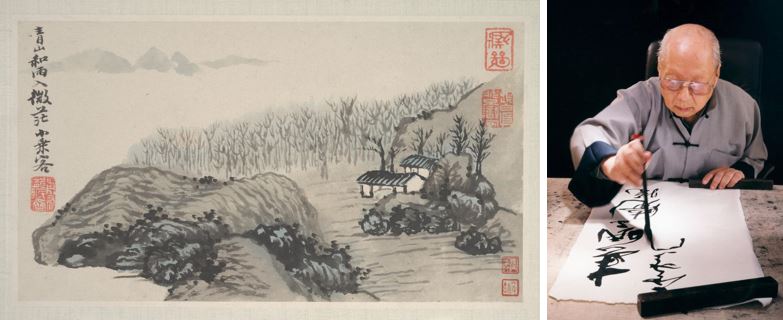
L-R: Shitao (1642-1707), Landscapes of the Four Seasons (detail), album of 8 leaves, Bequest of
John M. Crawford Jr., 1989.363.155a–h and C.C. Wang (1907-2003) practicing calligraphy, courtesy of Eileen Travell
Looking ahead, Margaret expressed a desire to expand the membership of Asia Week New York and to broaden the organization’s outreach and influence. She is also exploring ways to attract a new group of collectors to Asian art by using all existing tools available and enlisting new devices and practices.
